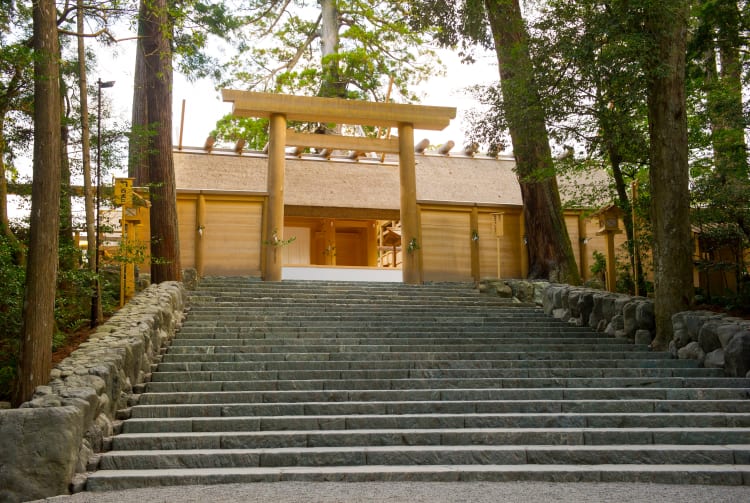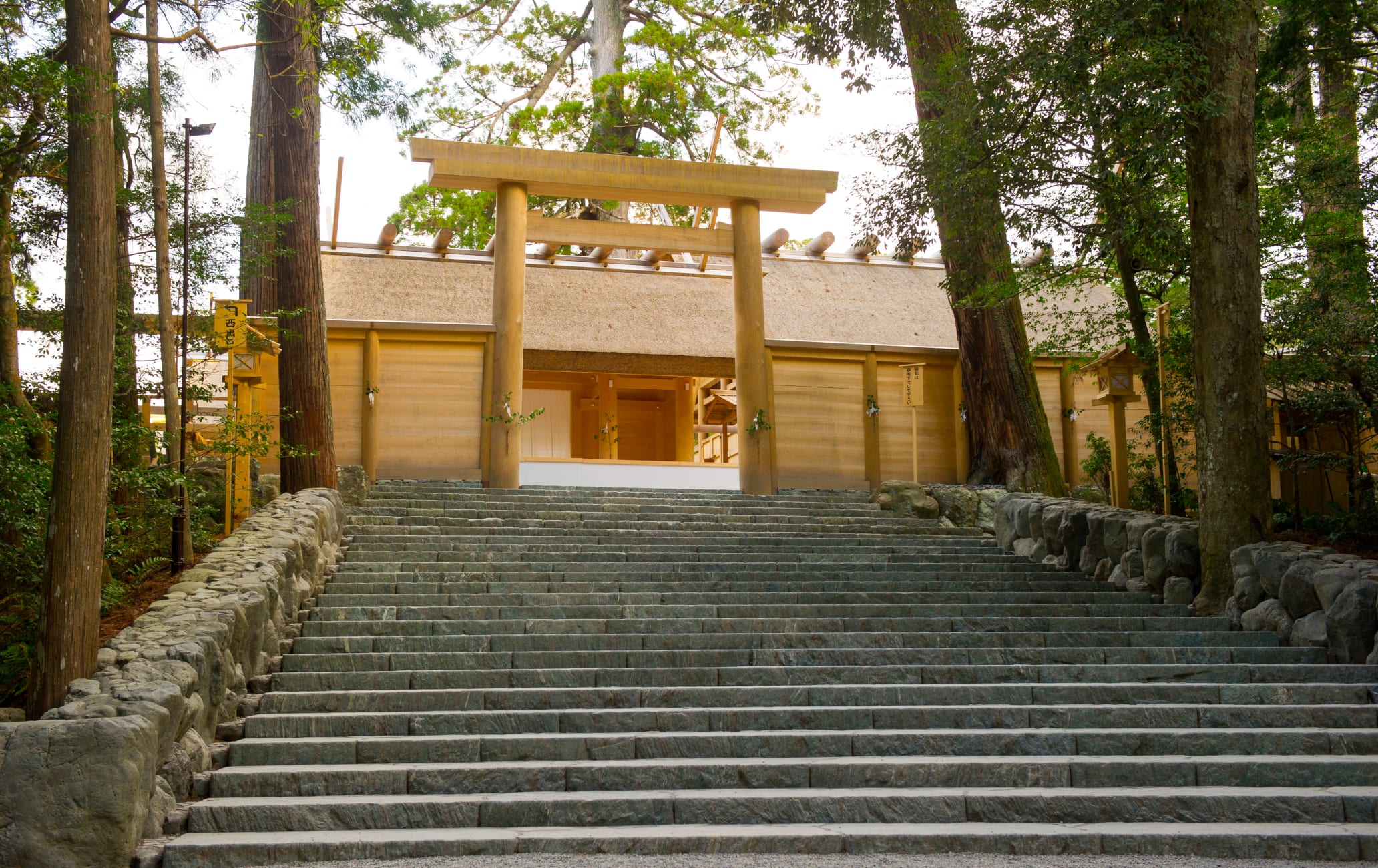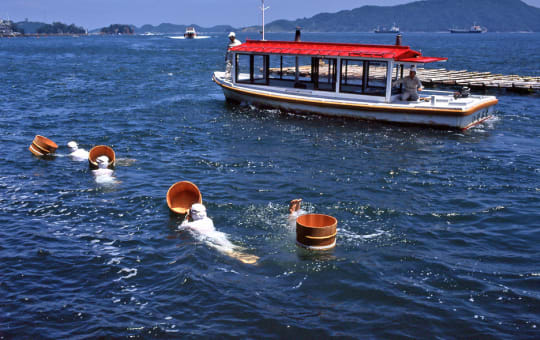O santuário xintoísta mais sagrado do Japão
Nenhum lugar é mais sagrado para os japoneses do que Naiku de Ise-jingu. Uma visita é uma oportunidade especial para entrar em contato com o coração e a alma do povo japonês.
Não perca
- Conheça o santuário mais sagrado da religião xintoísta
- Presentes exclusivos e iguarias nos arredores de Oharaimachi
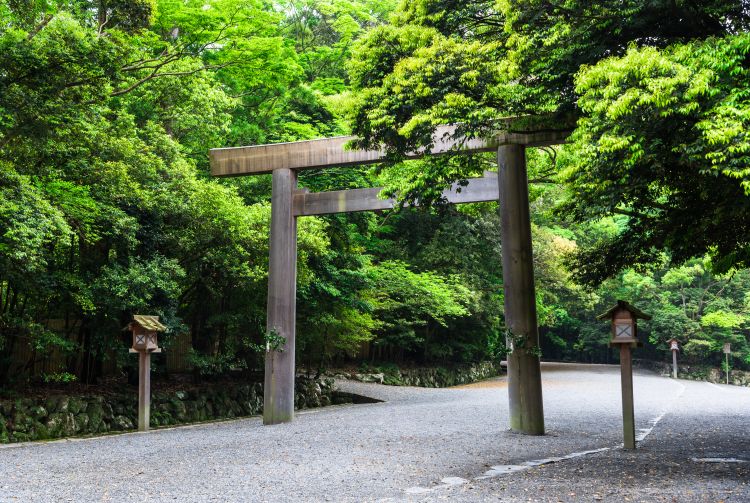
Como chegar
Saindo de Geku, na região central de Ise , um ônibus leva de 10 a 15 minutos até Naiku.
A Estação Isuzugawa é a mais próxima para quem chega a Ise por trem. Os ônibus partem frequentemente da estação e levam 6 minutos em cada direção.
A Estação Isuzugawa é acessível das principais cidades vizinhas pela Linha Kintetsu: de Nagoya em cerca de 1hora e 30 minutos, de Osaka-Namba em cerca de 1 hora e 50 minutos e de Quioto em aproximadamente 2 horas e 30 minutos.
A importância de Ise-Jingu
Naiku é o prédio mais importante dentro do complexo de Ise-jingu. Pesquisas modernas datam Naiku como sendo do século IV, e algumas estruturas talvez tenham sido erguidas até um século antes.
A significância de Naiku vem da consagração de Amaterasu Omikami e sua relação com a origem mítica do Japão. Como a divindade comparada ao sol, ela é a divindade suprema do xintoísmo.
Imperadores do Japão, incluindo o presente sucessor ao Trono do Crisântemo, são seus descendentes diretos. A sacerdotisa-chefe de Ise-Jingu deve pertencer à família real, e o próprio imperador visita Ise-Jingu em ocasiões especiais de grande importância para a Casa Imperial e para a nação.
O Espelho Sagrado, ou Yata-no-kagami, um dos Três Tesouros Imperiais que são indispensáveis para a sucessão ao Trono Imperial, é consagrado como um símbolo de Amaterasu Omikami dentro do edifício principal do santuário de Naiku. De acordo com o mito xintoísta, esse espelho foi usado para atrair Amaterasu para fora de uma caverna onde ela estava se escondendo do comportamento ofensivo do seu irmão mais novo.
Quando visitar
Naiku é popular o ano todo, mas o feriado de Ano Novo é particularmente movimentado. Muitas pessoas no Japão visitam santuários xintoístas para rezar por boa sorte no ano novo.
É que muitos japoneses tentam fazer a peregrinação a Ise pelo menos uma vez em suas vidas, e o Ano Novo é considerado um momento muito abençoado para a visita. Na verdade, muitos japoneses tentam fazer a peregrinação a Ise pelo menos uma vez na vida, e o Ano Novo é considerado um momento especialmente auspicioso para ir.
Caso possa visitar em abril ou no final de setembro, você pode ver o Festival de Kagura, com performances de dança e música japonesas antigas dedicadas a Amaterasu Omikami.
Um portal para o reino espiritual
O acesso a Naiku é através da ponte de madeira Ujibashi. É como voltar no tempo, pois o único sinal de modernidade é uma bandeira japonesa. O espaço tem ares solenes, de outros tempos.
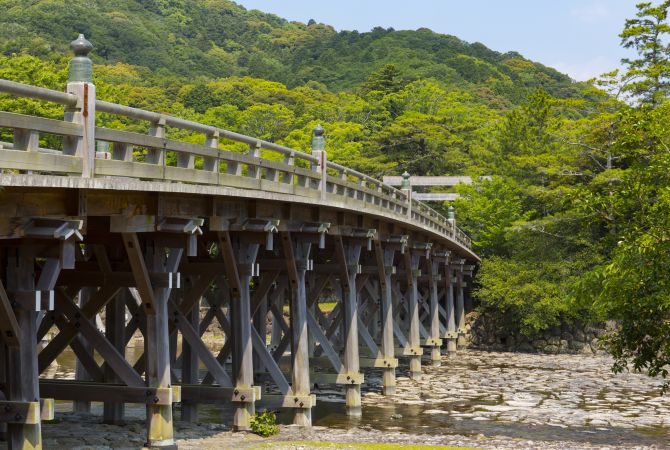

Em cada lado da Ponte Ujibashi ficam tradicionais portais torii, como se delimitassem os mundos laico e divino. Visitantes não devem andar no meio.
O ciclo de renovação
Naiku, a Ponte Ujibashi e outras estruturas importantes foram ritualmente reconstruídas uma vez a cada 20 anos desde o século VII. No entanto, a reconstrução foi temporariamente suspensa durante a era medieval (século XV a XVI). A renovação mais recente é de 2013. E cada ciclo de reconstrução leva oito anos para ser concluído.

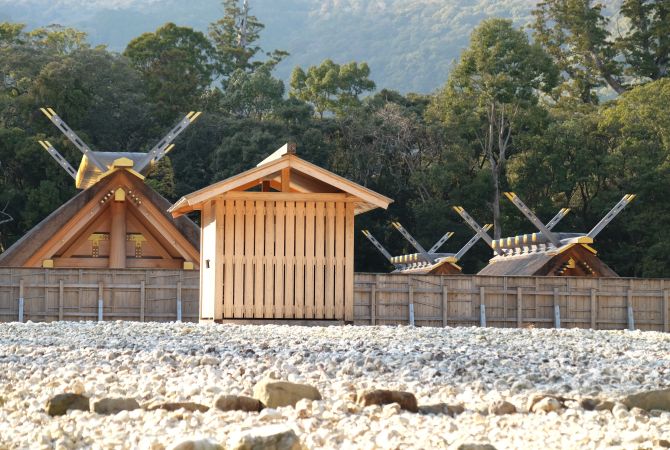
Modesto, mas imponente
Tradicionalmente, as estruturas são de cipreste japonês não envernizado da Área de Kisodani na Província de Nagano . Nos últimos anos, cerca de 20% do total de madeiras vinha de montanhas ao redor de Naiku.
Ao contrário do vermelho cintilante dos outros santuários xintoístas famosos, como o Fushimi Inari Taisha de Quioto , Naiku é simples e muito discreto.
Ao se aproximar do prédio principal de Naiku, a imagem é protegida por uma cortina, pois as pessoas normais não devem olhar diretamente para ela.
A viagem de volta
Após prestar reverência veja a enorme variedade de alimentos, bugigangas, artesanato e muito mais do tradicional bairro dos peregrinos próximo a Naiku, lar da exótica rua Oharaimachi e da praça Okage Yokocho.
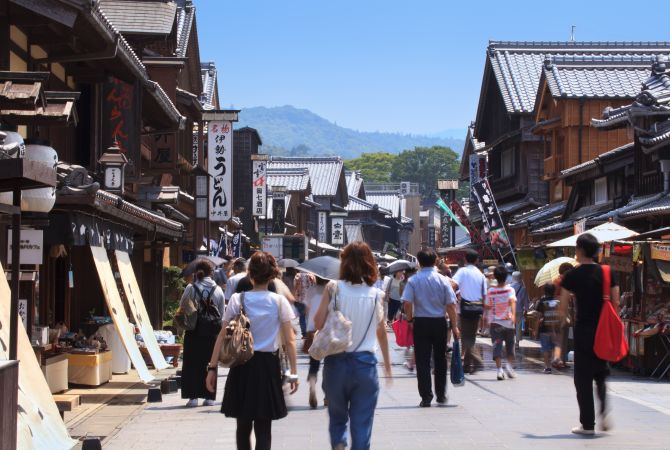

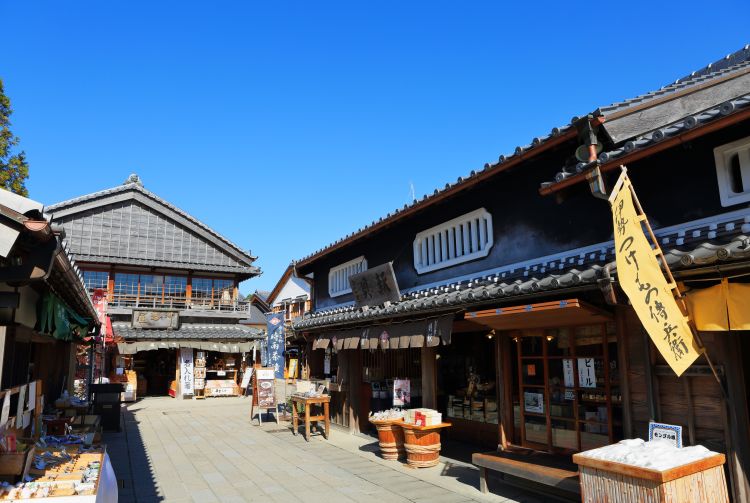
Outra atração próxima ao Santuário Ise-jingu é a Hinjitsukan , uma histórica pousada da elite que foi convertida em um museu. Ao sul fica a cidade de Toba para conhecer o Aquário de Toba .


























